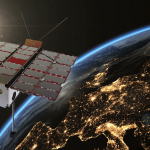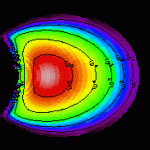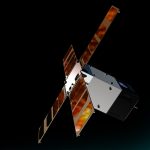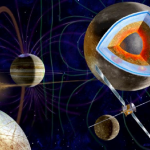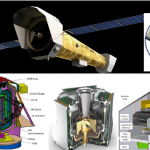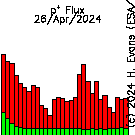ESA’s Space Environments & Effects section is responsible for the analysis of space environments (energetic particle radiation, plasmas, atmospheres, micro-particles, contamination, etc.) and their effects on space systems including the acquisition and analysis of in-flight data and the development of environment and effects models. Responsibilities include supporting ESA and European programmes, preparation of standards, establishment and execution of a research and development programme and coordination and liaison with external bodies.
European Space Agency
Space Environments and Effects
Responsibilities include supporting ESA and European programmes, preparation of standards, establishment and execution of a research and development programme and coordination and liaison with external bodies.
Domains of responsibility:
- radiation environments (radiation belts, cosmic rays, solar radiation), shielding and interactions (dose, degradation, charging, single event effects, sensor background, astronaut hazards);
- plasma environments and interactions (spacecraft surface and internal electrostatic charging, science instrument effects, electric propulsion, solar arrays, “active” systems);
- micro-particle (small-sized debris, micrometeoroids and dust) environments and effects, especially risk assessment tools;
- atmospheric models and tools for engineering use (atomic oxygen erosion, etc.), for mission planning (Mars & Titan global models), and for support of Earth observation payloads.
Details:
- Focal point for analyses and definitions of natural and induced environments and their interactions and effects at system, sub-system and component level in support of ESA programmes, and European space industry, in all project phases. Involves preparation of specifications, analyses at various levels of complexity supporting specific project issues, and reviewing of analyses performed by others;
- Conception, design and implementation of methods and tools for use in the above work, for:
- description of natural and induced environments;
- analysis of environmental interactions & effects at system, sub-system & component level
- analysis and interpretation of environment data and in-flight effects and events
Such tools should be available to others including European space industry
- Conception, design and implementation of space environments & effects monitoring hardware in collaboration with other sections;
- Communications and liaison with external entities, industry and the space environment and effects community within the section’s technical domain.
- Preparation of ECSS standards on natural & induced environments & effects, and methods for engineering analyses of the environments, interactions and effects. Also liaison with other national and international standards activities
- Focal point for the preparation and execution of the Technology Research and Developments within the domain of Space Environments and Effects, including:
- Development and validation of models and tools for environment and effects analyses;
- Study of environmentally-induced hazards for future missions;
- Computational techniques and
- in-flight monitors.
- Interface with other technical domains (components, materials, structures, electromagnetics, and operations) as required.

